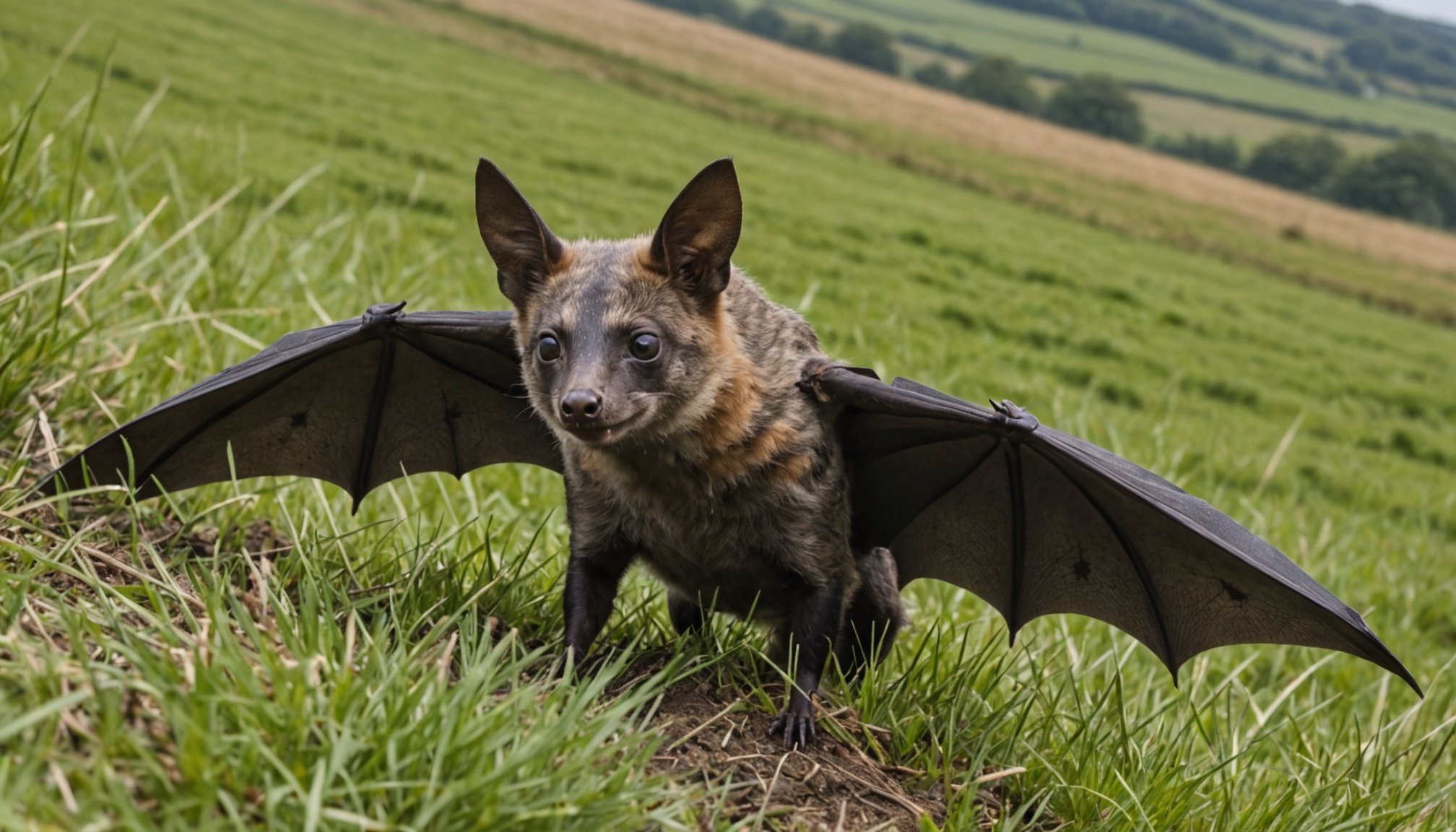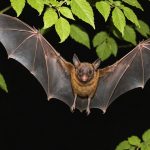Overview of Wind Farm Developments in the UK
Wind farm developments in the UK are experiencing a surge, driven largely by governmental policies aimed at boosting renewable energy. The UK has seen an increasing number of projects, both onshore and offshore, aiming to meet the nation’s ambitious renewable energy targets. These projects not only align with the UK’s commitment to reducing carbon emissions but also represent a significant step towards sustainable energy production.
Government policies play a crucial role in this growth. Incentives and subsidies encourage investments in wind energy, providing a financial backbone to support developments. Moreover, these policies are designed to simplify the planning and approval processes, ensuring that projects can commence without unnecessary delays.
In parallel : Top Tips for Designing Bat-Friendly Habitats in Rural UK: Best Practices Revealed
The ecological context is an essential consideration in these developments. The balance between expanding renewable energy infrastructure and preserving natural habitats is critical. Many wind farms are subjected to environmental impact assessments to evaluate their effects on local habitats and species. Efforts are made to minimise disruption and mitigate potential ecological consequences, ensuring a harmonious relationship between energy production and environmental preservation. The combination of strong policies and ecological mindfulness continues to propel the UK towards a cleaner future.
The Importance of Bats in Ecosystems
Bats play a crucial role in maintaining ecological balance. Their presence is vital for pest control, as many bat populations consume vast quantities of insects, which helps protect crops and reduce the need for chemical pesticides. One remarkable example is the brown long-eared bat, which is common in the UK and prefers to inhabit woodlands and gardens.
In parallel : Restoring water vole populations: creative approaches to rejuvenate their natural habitats in the uk
Additionally, bats contribute to biodiversity through pollination. Certain species, like the fruit bat, are essential for the pollination of various plants, ensuring the reproduction of those plants and supporting the complex web of life they are part of. This underscores the ecological significance of maintaining healthy bat populations.
In the UK, several bat species are prominent and occupy unique habitats. The pipistrelle is the UK’s most common bat, easily adaptable and found in urban settings. In contrast, the greater horseshoe bat prefers rural environments such as caves and old buildings.
The diversity of bat species highlights their ecological significance, as each plays a distinct role. By supporting bat biodiversity, we contribute to a balanced ecosystem, which ensures the health and survival of other species dependent on these unique mammals.
Impacts of Wind Farms on Bat Populations
The presence of wind farms brings significant ecological concerns, particularly affecting bat populations. Ecological studies have shown that wind turbines are responsible for increased bat fatalities, a consequence of both direct collisions and barotrauma. These interactions highlight an urgent need for ongoing research and mitigation strategies.
Statistical Analysis of Bat Mortality Rates
Research indicates that bat mortality rates near wind farms are notably higher compared to regions without such installations. Statistical models highlight a correlation between increased mortality and turbine activity, quantifying the wind farms’ impact on local bat populations. Seasonal variations also play a role, with higher fatalities often reported during migration periods.
How Wind Turbines Affect Bat Behavior
Wind turbines not only increase physical harm but also affect bat behavior. Bats are attracted to the moving blades, possibly due to the sounds or vibrations emitted by the turbines. This attraction leads to changes in their natural foraging and migratory patterns, severely impacting their feeding and breeding habits.
Case Studies of Affected Regions
Numerous case studies across different geographic locations illustrate the dire consequences of wind farms on bat populations. These studies serve as evidence of significant habitat disruption, prompting calls for region-specific conservation efforts. Effective strategies must be implemented to mitigate these adverse impacts, ensuring sustainable development and preservation.
Mitigation Strategies for Protecting Bat Populations
The focus on mitigation measures is crucial in the design of wind farms to protect bat populations. These strategies include adjusting turbine operations during peak bat activity periods, such as dusk and dawn. Technical advancements like radar and acoustic sensors are employed to monitor bat presence, enabling dynamic turbine management, which effectively reduces harmful interactions.
Conservation efforts extend beyond technology. They involve community participation and awareness programmes aiming to enhance wildlife protection. Through these initiatives, local communities are educated on the importance of bats, fostering a sense of stewardship and support for protective measures.
Technology plays a pivotal role, but conservation extends further with habitats protected by maintaining landscape connectivity and minimising deforestation near farms. Well-planned corridors support bat foraging and migration, ensuring their long-term survival.
Community engagement is vital, as successful conservation initiatives often depend on public collaboration. Engaging educational campaigns and local partnerships increase understanding and drive positive change.
Overall, a balanced combination of technological solutions, proactive conservation efforts, and active community involvement forms the crux of effective mitigation strategies for bat population protection. By integrating these approaches, we not only sustain wind energy production but also safeguard essential wildlife.
Broader Wildlife Impacts of Renewable Energy Projects
Renewable energy projects, while essential for sustainable development, can inadvertently affect wildlife conservation. The ecological impact must be carefully examined to ensure harmony between energy goals and wildlife needs.
Examination of Other Species Affected by Wind Farms
Wind farms are crucial in harnessing wind power but aren’t perfect. Besides bats, other species like birds are at risk. These creatures often collide with turbines, disrupting migration paths and nesting sites. While designing wind farms, it’s vital to devise strategies that mitigate these negative effects. Wildlife conservation efforts include using radar technology to detect approaching birds and halting turbine activity temporarily.
Comparative Analysis with Other Renewable Energy Sources
When comparing the renewable energy impact across various sources, wind power isn’t unique in affecting wildlife. Solar panels, for example, can disrupt the habitats of ground-dwelling creatures. However, the relative environmental footprint varies with design measures, making wind power more adaptable with wildlife conservation initiatives.
The Role of Policy in Wildlife Conservation
Policy frameworks are pivotal in balancing developmental strides with ecological harmony. Regulations aimed at wildlife welfare, such as environmental assessments, help in evaluating and minimising the renewable energy impact. Through proactive policies, we can foster a sustainable coexistence between renewable energy advancements and ecosystem preservation.
Conclusion and Future Directions
Understanding the intersection of bats and wind farms remains an evolving field. Presently, gaps persist in our knowledge regarding the long-term effects on bat populations. While significant strides have been made, future research is vital to deepen our understanding. Future research should focus on species-specific impacts and the effectiveness of mitigation techniques.
One of the primary concerns involves the rapid pace of renewable energy developments. As wind farms expand, they pose potential risks to wildlife. These developments underscore the need for a balance between ecological sustainability and energy production. Identifying which habitats are most susceptible can guide strategic conservation efforts.
Emerging trends suggest an increased focus on technology’s role in mitigating potential harm. Smart turbine designs and predictive models could minimise bat fatalities. Suggestions for future studies include assessing these technologies’ effectiveness and exploring alternative sites with reduced wildlife impact.
Ecological sustainability stands as a crucial component of renewable energy’s future, urging researchers to collaborate across disciplines. Conservation strategies must be robust, evidence-based, and adaptable to changing energy landscapes. By bridging knowledge gaps, we can aim for harmony between the urgent demands of energy needs and wildlife conservation.











